6/4/23
Since Jesus' death in 33 AD, many scholars have stated that Jesus' burial linen (the Shroud) traveled through: Jerusalem; Edessa (modern day Turkey); Constantinople; Lirey, France; and into the hands of the House of Savoy in 1453.
The House of Savoy was a royal dynasty established in 1003 in the Savoy region (an Alpine region between Italy and France). The main seat in the House of Savoy was in Chambery, France. The House of Savoy became the Italian Royal family after its move from Chambery, France to Turin, Italy in 1562.
House of Savoy - Chambery, Sainte Chapelle Chapel 1502
The ownership of the Shroud was deeded to Duke Louis I of Savoy in 1453 from Margaret de Charny (daughter of Geoffrey de Charny the first "rightful" owner of the Shroud). After the Shroud was deeded to the House of Savoy it was carried around by the Savoys from castle to castle and exhibited periodically on Good Fridays and Easter Sundays.
In 1502 the Shroud was given a permanent home in the Royal Chapel of Chambéry Castle (Sainte Chapelle). When it was exhibited, the Shroud was displayed on the Chapel's high altar. When not exhibited the Shroud was placed in a silver-gilt case and deposited behind the high altar, in a special cavity hollowed out of the wall. In this cavity the case was secured by an iron grille with four locks.
Fire! - Sainte Chapelle Chapel - 1532
On December 4, 1532 a fire broke out in the Sainte Chapelle Chapel. The fire seriously damaged the chapel's furnishings and fittings. At the time of the fire, the Shroud was in its silver case, in a wall cavity protected by an iron grille with four locks. A blacksmith had to be summoned to open the locks in order to remove the silver case which housed the Shroud. By the time the silver case was removed from the wall cavity, the silver case was melted beyond repair by the heat of the fire. The Shroud folded inside the case was scorched and damaged by a drop of molten silver from the melted case, that had fallen on one corner of the Shroud.
After the fire and damage to the Shroud, the Shroud was no longer exhibited on Good Friday or on May 4th, The Feast of the Shroud. Rumors in Chambery circulated that the Shroud had been destroyed in the fire.
Patching of the Shroud - Poor Clare Nuns - 1534
On April 15, 1534, Pope Clement VII and his envoy Louis Cardinal Gorrevod sent word to the convent of the Sisters of St. Clare (Poor Clare Nuns) that they were to repair the damage to the Shroud caused by the fire two years earlier. The Poor Clare Nuns received the Shroud on April 16, 1534 and the repair was completed by May 2, 1534 - two days before the Feast of the Holy Shroud.
The report of the repair can be found HERE (from the book: Le Saint Suaire de Chambéry à Sainte-Claire-en-Ville (Avril-Mai 1534), par M. l’Abbé Léon Bouchage, Chambéry, Imprimerie C. Drivet, 1891). The report does not speak much of how the nuns repaired the Shroud, but speaks in great detail of the crucified image of a man the nuns saw on the Shroud. This is the first detailed report of what was the image on the Shroud before modern photography showed the image to the world.
The Repair to the Shroud was done in candle light by the Reverend mother and three nuns from the convent.
1. The Shroud was placed face up on a Holland Cloth (backing cloth) and the nuns sewed the Shroud to the Holland Cloth with "faux filet."
2. The nuns removed burned portions on the Shroud and sewed linen patches over the holes caused by the molten silver.
(More on the repair of the Shroud by the Poor Clare nuns will come in later installments in this Shroud of Turin series, especially as it pertains to the future carbon dating of the Shroud.)
After the repair of the Shroud in 1534, the House of Savoy once again exhibited the Shroud throughout France and Italy.
Home Sweet Home - Turin, Italy 1578
In 1562, the capital of the House of Savoy was moved from Chambery (France) to Turin (northern Italy). The Shroud followed in 1578, and found its new home in the "Chapel of the Holy Shroud" in the Turin Cathedral (also known as the Cathedral of St. John the Baptist) where it has remained to this day, hence the name "The Shroud of Turin."
For the next 300 years the Shroud of Turin was displayed periodically to the public and privately to distinguished dignitaries. In 1898 the Shroud of Turin would enter the modern scientific age with the first photgraph taken of the Shroud by an Italian amateur photographer named Secondo Pia.
The first photograph taken of the Shroud amazed both skeptics and believers, and raised more questions regarding the Shroud's authenticity of being Jesus' burial cloth.
The next post will continue the Timeline of the Shroud of Turin, showing the history of the Shroud in the modern scientific age starting in 1898 with the first photograph of the Shroud; the historic Shroud of Turin Research Project (STURP) in 1978 where scientists examine the Shroud; the carbon dating of the Shroud in 1988; a fire in 1997 threatened the Shroud; and the 2002 "restoration" of the Shroud.
Before we leave and enter the Shroud’s modern history, here is someone's personal experience visiting the Shroud in Turin, Italy.







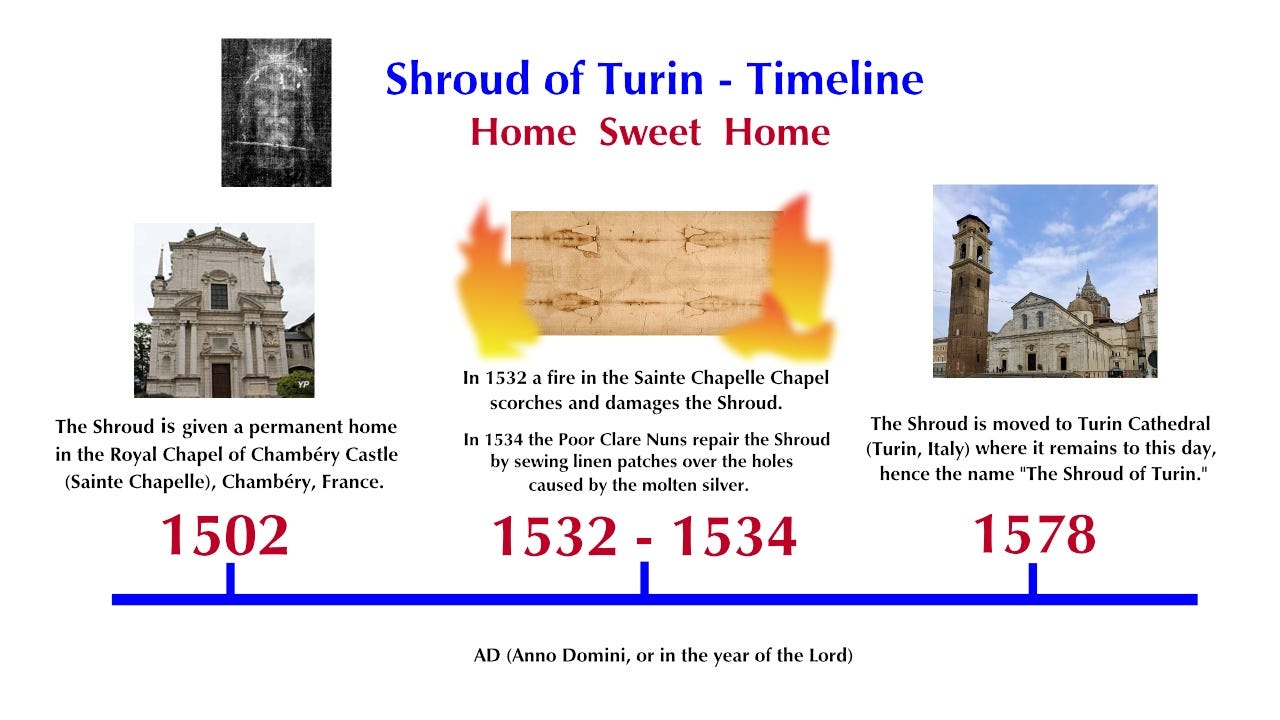
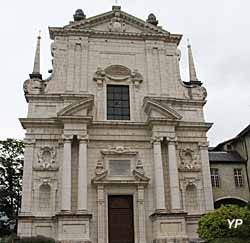

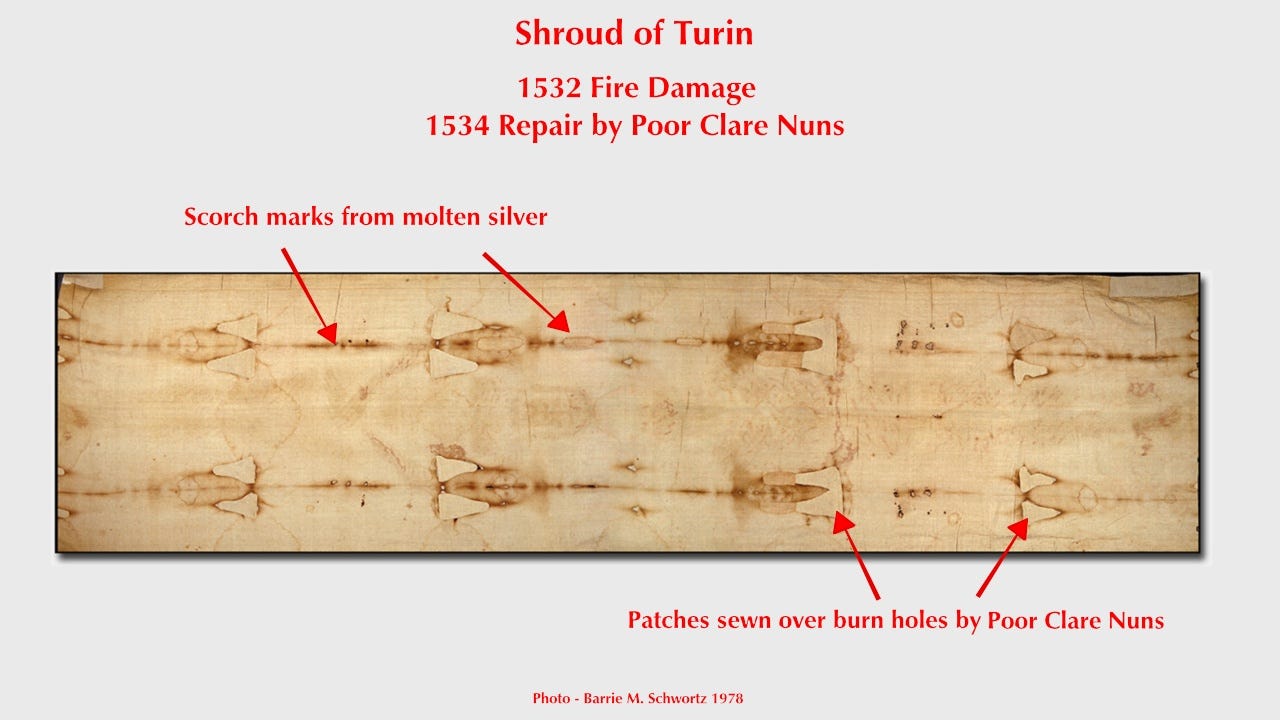
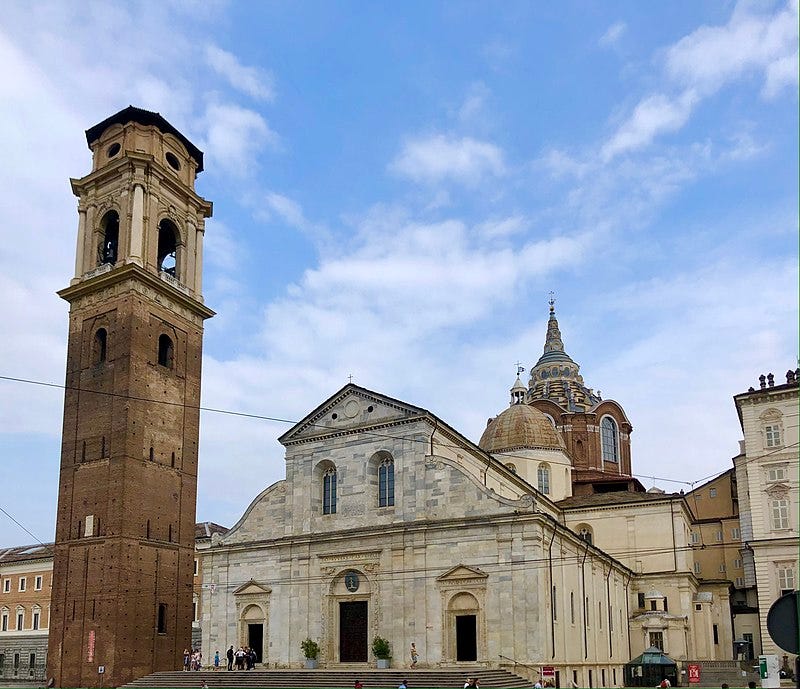
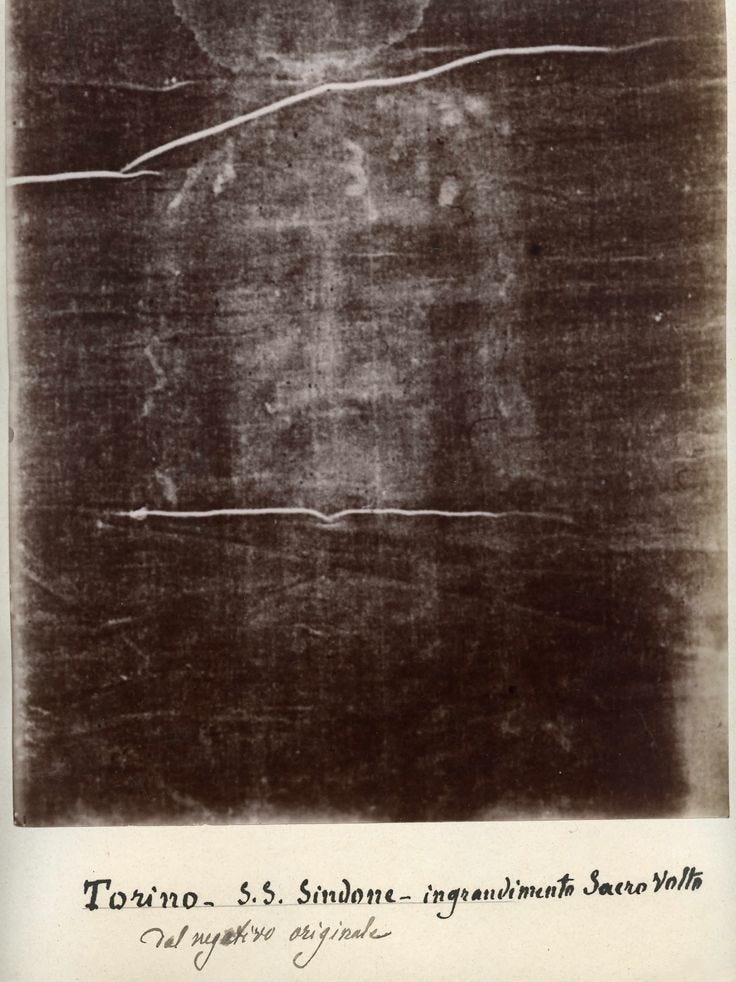
Blessed Trinity Sunday. Great continuation of the Shroud story. The report from the nun's restoration is very interesting.
This was an interesting and incredible experience to read about the Shroud of Turin. Thanks so much for sharing this. I do feel this is another witness of our dear Savior's life, death and resurrection.